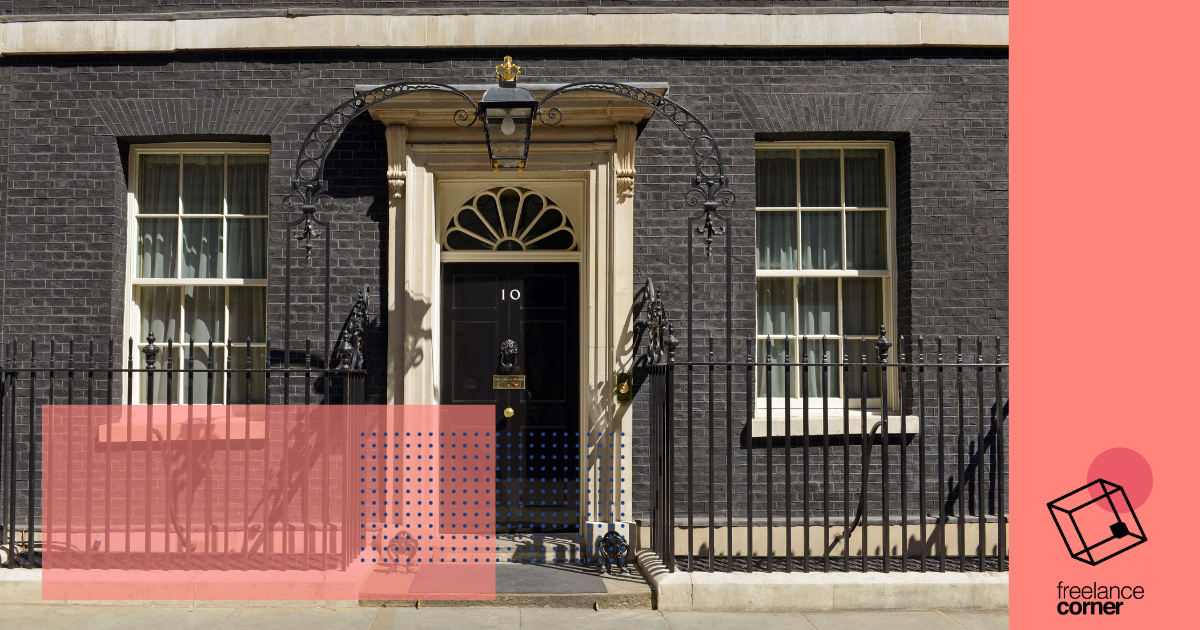One in seven people in the UK labour market are now self-employed – 35 per cent more than in 2008, according to a new study. Solo self-employment has shot up in the last 10 years and now stands at more than 4.4 million.
A new report by The Association of Independent Professionals and the Self-Employed (IPSE), Self-employment in the modern economy, more and more people are choosing the freedom and flexibility of self-employment, making the sector one of the largest and most productive in the UK.
In fact, self-employment alone contributed approximately £275bn to the UK economy in 2018.
The data shows that this trend is largely driven by a growth in the number of the most highly skilled workers in the freelance sector.
The number of freelancers working in managerial, professional and technical occupations reached over two million in 2018 – marking a 47 per cent increase in the last 10 years. Freelancers alone also contributed more than £130bn to business turnover.
Contribution to the economy, however, is not the only reason why the rise of self-employment is important to the UK labour market. The government’s Good Work plan has directed national debate to the quality – not just quantity – of work and raised questions about how self-employment affects individual wellbeing.
The report’s findings reflect this debate. It showed that the highest proportion of the UK’s freelancers chose this way of working to maintain or increase their income (25%); for better work conditions and/or for better job satisfaction (22%).
Greater London: A thriving hub for freelancers
While freelancers can be found across all UK regions, the greatest proportion of them are in Greater London (24%) and South East England (21%).
London has become a thriving hub for self-employment, with an estimated 497,000 of the UK’s freelancers living there. This is an increase of 84 per cent since 2008, making London the fastest growing region for freelancers in the UK.

Rise of women in freelancing
The number of female freelancers has increased by 63 per cent since 2008, which is substantially higher than the rise in the number of male freelancers for the same period (37%). As a result, the freelance sector is currently 58 per cent male and 42 per cent female.
The rise of women working for themselves is largely driven by an increase in the number of freelance working mothers in the last 10 years. Currently, one in eight freelancers is a working mum, accounting for 304,000 people. That is 80 per cent more than in 2008.
What else has changed in the last ten years?
The data suggests that an ever-increasing segment of the self-employment population is approaching retirement age.
The number of freelancers aged 50 and above has increased by 68 per cent over the last 10 years, including a four per cent increase between 2017 and 2018.
This might cause some concerns because, according to another study by IPSE, How to solve the self-employed pensions crisis, more than a third (39%) of the UK’s self-employed do not use any tool to save for retirement. This suggests there is an urgent need for better and more flexible pension solutions to accommodate freelancers.
This report has shown just how important self-employment is for ensuring that the UK’s labour market provides opportunities for greater quality and quantity of work.
Professor John Kitching, Kingston University
At the same time, however, a new generation of freelancers is entering the sector. The number of freelancers aged 16–29 has increased by 45 per cent since 2008, and now accounts for 204,000 people in this age group.
The report also shows that the level of educational qualifications has improved significantly in the last 10 years. The proportion of people in the freelance workforce that have a degree or equivalent increased from 47 per cent in 2008 to 57 per cent in 2018 – making it significantly higher than among the solo self-employed overall (34%).
This could potentially be associated with the fact that demand for highly skilled freelancers has increased in the last 10 years, especially in areas such as health, arts and sport.

The occupation that has seen the highest growth is health associate professionals. The number in this group has almost tripled since 2008. Functional managers and directors, artistic, literary and media occupations and sports and fitness occupations have also more than doubled in size in the same period.
John Kitching, a professor at Kingston University, said: “The rise of solo self-employment in the last 10 years has become one of the key competitive advantages of the modern UK economy, with freelancers alone contributing no less than £130 billion to business turnover.
“In the context of Brexit-driven economic uncertainty, this report has shown just how important self-employment is for ensuring that the UK’s labour market provides opportunities for greater quality and quantity of work as set out in the government’s Good Work plan.”






